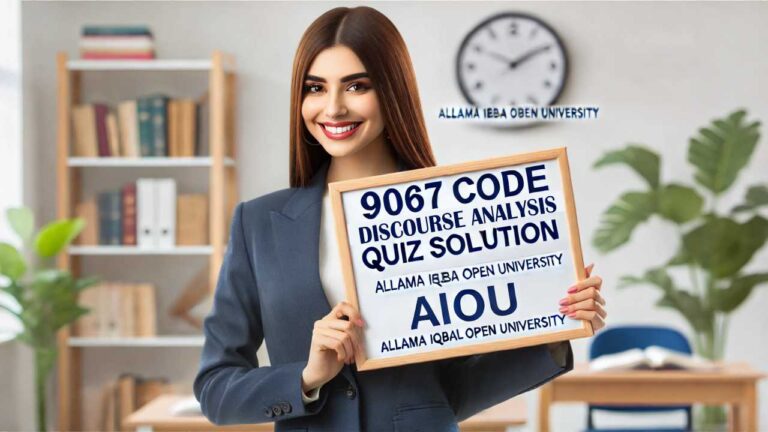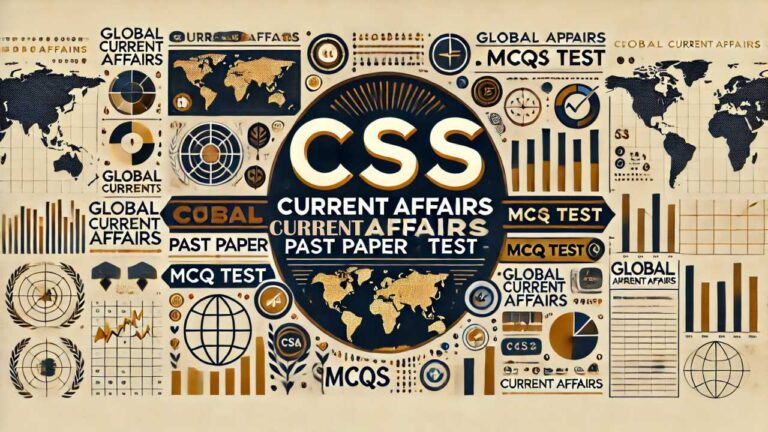10th Chemistry Chapter 1 Exercise Test Online-Online Test
Chapter 1
Chemical Equilibrium
Chemical Equilibrium
(I) The characteristics of reversible reactions are many, except for the following one:
a) products never recombine to form reactants
b) they never complete
c) they proceed in both ways
d) they have a double arrow between reactants and products
(II) In the lime kiln, the reaction CaCO₃ → CaO + CO₂ goes to completion because:
a) of high temperature
b) CaO is more stable than CaCO₃
c) CO₂ escapes continuously
d) CaO is not dissociated
(III) For the reaction, 2A(g) + B(g) ⇌ 3C(g), the expression for the equilibrium constant is:
a) [3C] / [2A][B]
b) [C]³ / [A]²[B]
c) [C]³[A]²[B]
d) [C]³ / [A]²[B]
(IV) When a system is at equilibrium state:
a) the concentration of reactants and products becomes equal
b) the opposing reactions (forward and reverse) stop
c) the rate of the reverse reaction becomes very low
d) the rates of the forward and reverse reactions become equal
(V) Which one of the following statements is not correct about active mass?
a) rate of reaction is directly proportional to active mass
b) active mass is taken in molar concentration
c) active mass is represented by square brackets
d) active mass means total mass of substances
(VI) When the magnitude of Kc is very large, it indicates:
a) reaction mixture consists of almost all products
b) reaction mixture has almost all reactants
c) reaction has not gone to completion
d) reaction mixture has negligible products
(VII) When the magnitude of Kc is very small, it indicates:
a) equilibrium will never establish
b) all reactants will be converted to products
c) reaction will go to completion
d) the amount of products is negligible
(VIII) Reactions with comparable amounts of reactants and products at equilibrium state have:
a) very small Kc value
b) very large Kc value
c) moderate Kc value
d) none of these
(IX) At dynamic equilibrium:
a) the reaction stops to proceed
b) the amounts of reactants and products are equal
c) the speeds of the forward and reverse reactions are equal
d) the reaction can no longer be reversed
(X) In an irreversible reaction, dynamic equilibrium:
a) never establishes
b) establishes before the completion of reaction
c) establishes after the completion of reaction
d) establishes readily
(XI) A reverse reaction is one:
a) which proceeds from left to right
b) in which reactants react to form products
c) which slows down gradually
d) which speeds up gradually
(XII) Nitrogen and hydrogen reacted together to make ammonia:
N2 + 3H2 → 2NH3
Given Kc = 2.86 mol-2 dm6, what will be present in the equilibrium mixture?
a) NH3 only
b) N2, H2, and NH3
c) N2 and H2 only
d) H2 only
(XIII) For a reaction between PCl3 and Cl2 to form PCl5, the units of Kc are:
a) mol-3 dm-3
b) mol-1 dm3
c) mol dm-3
d) mol-1 dm-3
10th Class Chemistry Chapter 1: Exercise Test Online
The online exercise test for 10th Class Chemistry Chapter 1 is an excellent resource for students to evaluate their understanding of key concepts such as chemical reactions, stoichiometry, and the periodic table. This test is designed to help students prepare effectively for their board exams by practicing MCQs, short questions, and numerical problems. With instant feedback and a user-friendly interface, the online test provides a comprehensive review of the chapter and highlights areas that need improvement. Start your preparation today to achieve top grades in chemistry!













